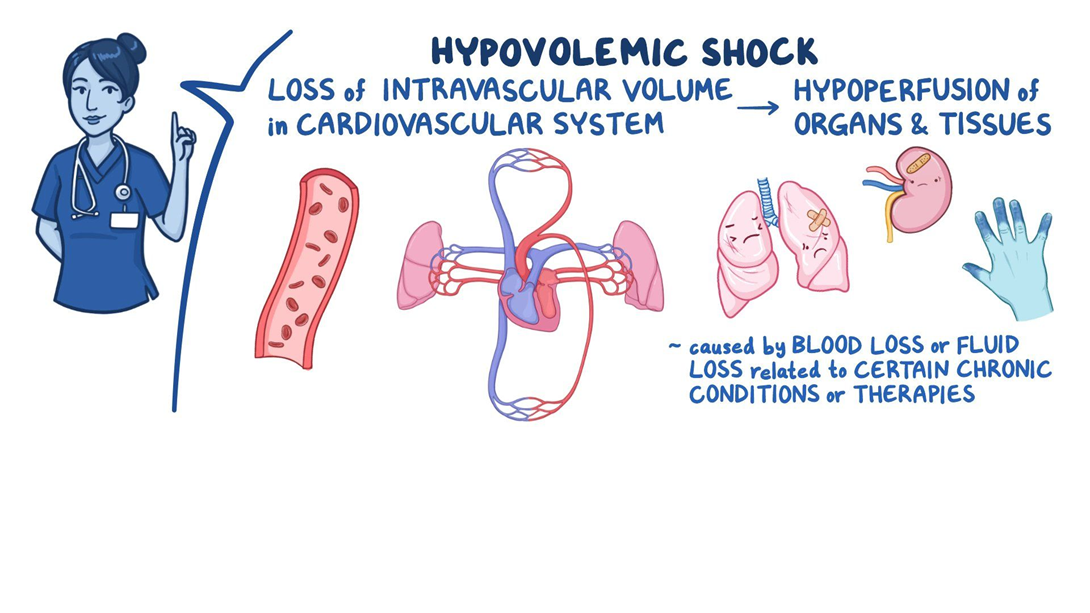A nurse is caring for a toddler who has acute laryngotracheobronchitis and has been placed in a cool mist tent. Which of the following findings should indicate to the nurse that the treatment is effective?
Barking cough
Decreased stridor
Decreased temperature
Improved hydration
The Correct Answer is B
Choice A reason: Barking cough is not a finding that indicates the effectiveness of the treatment. Barking cough is a sign of inflammation of the larynx and trachea, which causes a hoarse and harsh sound. It is a common symptom of acute laryngotracheobronchitis, also known as croup.
Choice B reason: Decreased stridor is a finding that indicates the effectiveness of the treatment. Stridor is a high-pitched, wheezing sound that occurs when the airway is narrowed or obstructed. It is a sign of respiratory distress and hypoxia. The cool mist tent helps to humidify and soothe the airway, reducing the swelling and inflammation.
Choice C reason: Decreased temperature is not a finding that indicates the effectiveness of the treatment. Decreased temperature could be a sign of hypothermia or sepsis, which are serious complications that require immediate attention. The normal temperature range for a toddler is 36.5°C to 37.5°C (97.7°F to 99.5°F).
Choice D reason: Improved hydration is not a finding that indicates the effectiveness of the treatment. Improved hydration is a sign of adequate fluid intake and output, which are important for maintaining electrolyte balance and preventing dehydration. However, hydration status does not directly affect the airway inflammation or obstruction.
Nursing Test Bank
Naxlex Comprehensive Predictor Exams
Related Questions
Correct Answer is A
Explanation
Choice A reason: The child has signs of dehydration and hypovolemic shock, such as vomiting, melena, abdominal pain, and weak pedal pulses. Dehydration is a loss of fluid and electrolytes from the body, which can result from gastroenteritis. Hypovolemic shock is a life-threatening condition that occurs when the blood volume is too low to maintain adequate perfusion and oxygen delivery to the vital organs.
Choice B reason: The child does not have signs of peritonitis and septic shock, such as fever, chills, rigors, tachycardia, hypotension, and abdominal rigidity. Peritonitis is an inflammation of the peritoneum, the membrane that lines the abdominal cavity and organs. Septic shock is a severe infection that causes systemic inflammatory response syndrome and organ dysfunction.
Choice C reason: The child does not have signs of pancreatitis and cardiogenic shock, such as elevated serum amylase and lipase, jaundice, dyspnea, crackles, and chest pain. Pancreatitis is an inflammation of the pancreas, an organ that produces digestive enzymes and hormones. Cardiogenic shock is a failure of the heart to pump enough blood to meet the body's needs.
Choice D reason: The child does not have signs of peptic ulcer and anaphylactic shock, such as hematemesis, dyspepsia, urticaria, angioedema, and wheezes. Peptic ulcer is a sore in the lining of the stomach or duodenum, caused by factors such as Helicobacter pylori infection, NSAIDs, or stress. Anaphylactic shock is a severe allergic reaction that causes bronchoconstriction, vasodilation, and hypotension.

Correct Answer is C
Explanation
Choice A reason: Obtaining blood culture specimens is important to identify the causative organism and guide antibiotic therapy, but it is not the priority action for a child who is in respiratory distress. The nurse should first secure the airway and stabilize the child's condition.
Choice B reason: Administering an antipyretic may help lower the fever and reduce discomfort, but it does not address the cause of the dyspnea and drooling, which may indicate epiglottitis. This is a life-threatening condition that requires immediate airway management.
Choice C reason: Preparing for nasotracheal intubation is the priority action for a child who has signs of epiglottitis, as it can prevent airway obstruction and respiratory failure. The nurse should have the equipment and personnel ready for intubation and avoid any stimulation or manipulation of the throat that can trigger laryngeal spasm.
Choice D reason: Inserting an IV catheter is necessary to administer fluids and medications, but it is not the first priority for a child who is in respiratory distress. The nurse should focus on the airway before the circulation.
Whether you are a student looking to ace your exams or a practicing nurse seeking to enhance your expertise , our nursing education contents will empower you with the confidence and competence to make a difference in the lives of patients and become a respected leader in the healthcare field.
Visit Naxlex, invest in your future and unlock endless possibilities with our unparalleled nursing education contents today
Report Wrong Answer on the Current Question
Do you disagree with the answer? If yes, what is your expected answer? Explain.
Kindly be descriptive with the issue you are facing.
